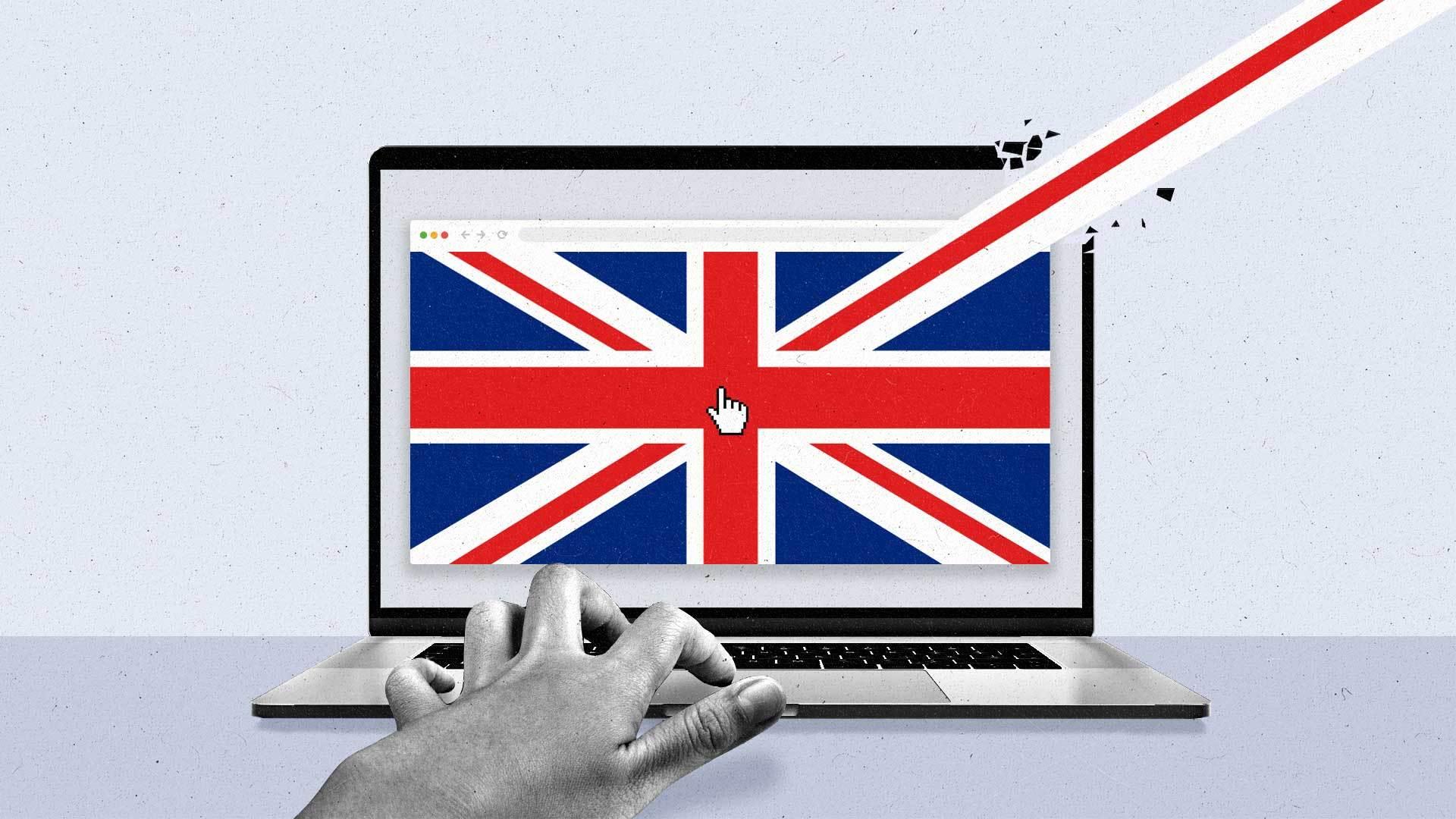Why U.K. retailers are doubling down on digital ads amid soaring inflation

Strained supply chains post-pandemic, higher import costs due to Brexit, and soaring energy prices have sent inflation in the U.K. to a 40-year high. The latest government figures show that retail sales remain below pre-pandemic levels, with discretionary goods taking the brunt of reduced customer spending.
Earlier this month, pandemic darling Made.com, an online furniture chain, collapsed into bankruptcy, following the economic troubles of mattress company Eve Sleep and shirtmaker T.M. Lewin.
But not all retailers are suffering. German discount retailer Aldi overtook storied grocery chain Morrisons earlier this month to become the U.K.’s fourth-largest supermarket. After all, people need items like food and clothes, which means many retailers will be the first beneficiaries of whatever money consumers have left.
“Unlike [during] the pandemic, this time advertisers can see the challenge coming,” Pete Coates, managing director of U.K. client group at media agency iProspect, tells The Current. In the early days of COVID, we saw retailers quickly stop spending until they could figure out what to do. Now we see a cautious attitude but a willingness to spend where there are opportunities.”
And to entice shoppers, many stores are ditching traditional media channels in favor of digital advertising. A recent survey by the Incorporated Society of British Advertisers and media investment consultancy Ebiquity found that more than two-thirds of the U.K.’s largest advertisers say they intend to cut their linear TV budgets, with 40 percent looking to cut spend in traditional media channels like radio, print, and out-of-home (OOH).
Further, a third of marketers surveyed by Advertiser Perceptions in October said they are working with more CTV partners compared to last year. This trend points to companies’ increased understanding that digital ads allow for better targeting and performance measurement than their offline counterparts — a key consideration as many CMOs see their budgets squeezed.
Digital advertising surges
As a result, digital advertising spend from the likes of grocery chains, cosmetics stores, and home furnishing outlets is predicted to top out at close to £6 billion this year, an increase of almost 12 percent over last year, according to a recent Insider Intelligence report.
That increase is partly coming from ad cuts in traditional media like TV and radio. The latest report from the industry trade body Institute of Practitioners in Advertising (IPA) shows that advertisers surveyed said they preferred investing in online and video instead.
All told, this year, retailers are expected to spend as much as the financial services and automotive industries combined on digital advertising, and are poised to account for almost a quarter of all digital ad spend in the U.K. by 2024, according to Insider Intelligence’s projections.
“Brands are built over many years, so consistency is always going to pay back. This is evidenced by the fact that, for the most part, the grocers are continuing to stick to their seasonal strategies, with a few smart tweaks here and there,” Louise Martell, chief strategy officer at London-based media agency Yonder, tells The Current.
For retailers, advertising does more than just build a brand — it can also help them reach their share of consumers’ wallets, positioning them strongly for the eventual economic rebound.
Advertising during down times
While no industry is recession-proof, “retail will be least affected,” as predicted by Insider Intelligence analyst Bill Fisher in the firm’s report on digital ad spend in the U.K.
Many retailers operate on relatively thin margins and rely heavily on marketing. For U.K. grocery chains in particular, increased competition from low-cost chains such as Lidl and Aldi is predicted to fuel advertising flames. “Hence, we expect steady [advertising] spend from retailers, recession or no recession,” wrote Fisher.
Some industry leaders urge all marketers to take a page out of the retailer’s playbook when it comes to advertising in a recession.
“Companies that increase their marketing budgets during tough markets create a competitive advantage that helps them report higher average profit and better market share growth when the economy recovers,” Janet Hull OBE, director of marketing strategy at the IPA, tells The Current, referencing data from the organization’s Effectiveness Databank of real-world business cases.
“If brands cut their advertising spend, competitors have greater opportunities to grow their share of voice, often just by maintaining or trimming budgets,” Hull adds.
Subscribe to The Current
Subscribe to The Current